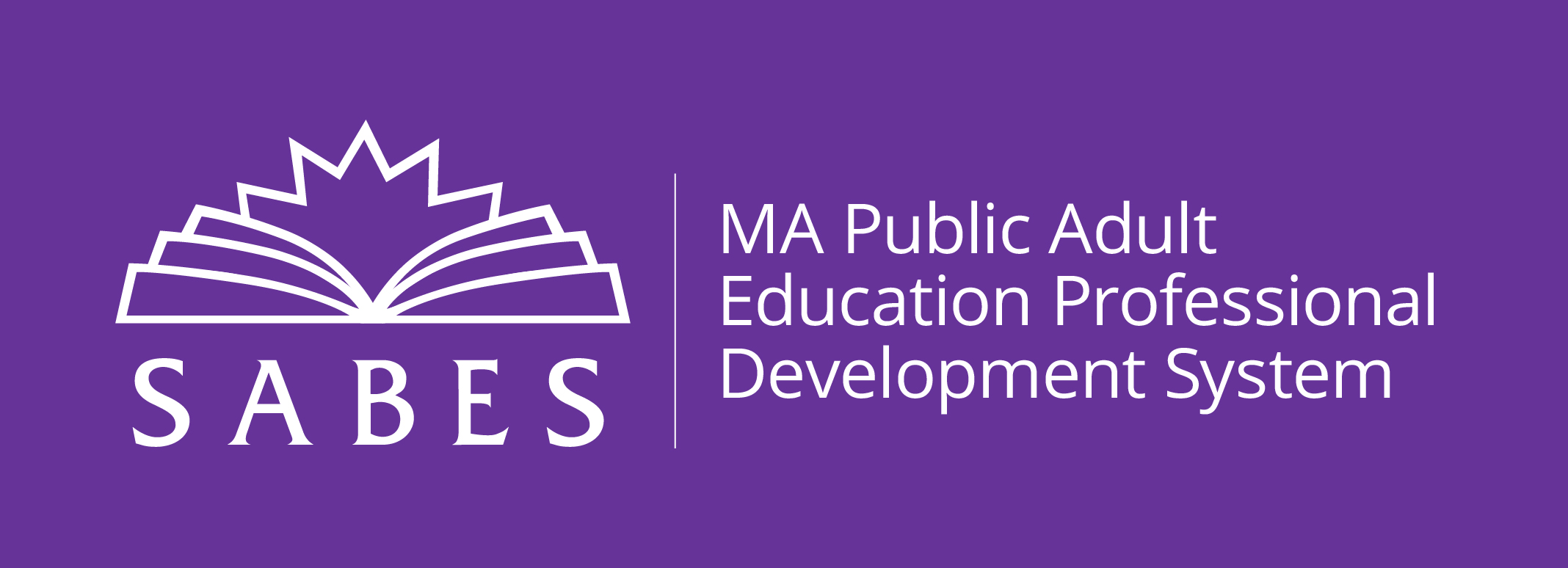Imagine your program in a year, or even five years: What will be new or different? What will you have achieved together, and how will you have gotten there? What new insights will you have gained? How will this benefit your students?
The Continuous Improvement Planning course is a unique opportunity to bring together students, staff, and partners to answer these questions and more. Join this course to explore collaborative and data-driven strategies for evaluating your program, setting a shared vision, and charting a course for strengthening your program and student outcomes.
- Program leaders and directors
- Staff members in other roles who will help lead or participate in a continuous improvement planning process
-
Teams of program staff in diverse roles
Note that we strongly encourage (but do not require) staff to participate in teams in order to facilitate collaborative learning and working.
This professional development activity/course is designed for:
Continuous Improvement Planning guides program teams through the process of developing and beginning to implement a continuous improvement plan. Over the course of four sessions, you and your team will explore collaborative and data-driven strategies and tools that you can use to evaluate your program, develop purposeful and achievable goals and action steps, and reflect on process and outcomes.
Along the way, you will also deepen your understanding of program data and accountability structures, build a toolkit of strategies for including diverse voices in this process, and explore what it takes to foster a sense of shared ownership, collective agency, and a culture of collaboration and innovation.
This offering addresses Indicator 9 of Program Quality (IPQ 9), which tells us that effective adult education programs conduct “a continuous improvement planning process that supports high-quality practices and a shared vision for student and staff success, with the goal of improving student outcomes.”
Format & Requirements: This course includes four synchronous sessions totaling nine hours (three sessions of two hours; one session of three hours), approximately seven hours of asynchronous work, and two hours of optional coaching. The total estimated time to complete this course is 16-18 hours.
Part 1
- Independent activities in Canvas (1/19/2026–2/5/2026)
- Virtual session on Zoom (2/6/2026, 9:30–11:30 a.m.)
Part 2
- Independent activities in Canvas (2/9/2026–2/26/2026)
- Virtual session on Zoom (2/27/2026, 9:30–11:30 a.m.)
Part 3
- Independent activities in Canvas (3/2/2026–3/19/2026)
- Virtual session on Zoom (3/20/2026, 9:30–11:30 a.m.)
Part 4
- Independent activities in Canvas (3/23/2026–4/16/2026)
- Hybrid session* (4/17/2026, 9:30 a.m.–12:30 p.m.)
Coaching
- Optional coaching: receive feedback on your action plan, troubleshoot issues, or receive other feedback and support (4/20/2026–5/29/2026)
*If participant interest and availability allow, this session will be offered in a hybrid format: those. Those interested and able to join in person would meet at EDC Waltham. Those not able to join in person would meet via a Zoom meeting.
Access & Support: You will receive instructions for accessing the synchronous sessions via Zoom and course materials in Canvas from Sovanna Carnell Guyon. If you need technical assistance to access the course or course features, please contact Sovanna at sovanna_carnellguyon@worlded.org.
- Describe a continuous improvement planning cycle and its relationship to student outcomes, staff growth, and program accountability
- Locate, evaluate, and make meaning of multiple sources of relevant information (including program data, stakeholder input, and program context) to inform continuous improvement planning
- Collaborate with students, staff, and program partners to identify areas of growth and set continuous improvement goals that are aligned with a shared vision for the program
- Create an action plan to achieve continuous improvement goals;[PSG: semicolon s/b comma] reflect on and evaluate outcomes, and make adjustments to the plan
Upon completion of this professional development activity/course, you will be able to:
United States


